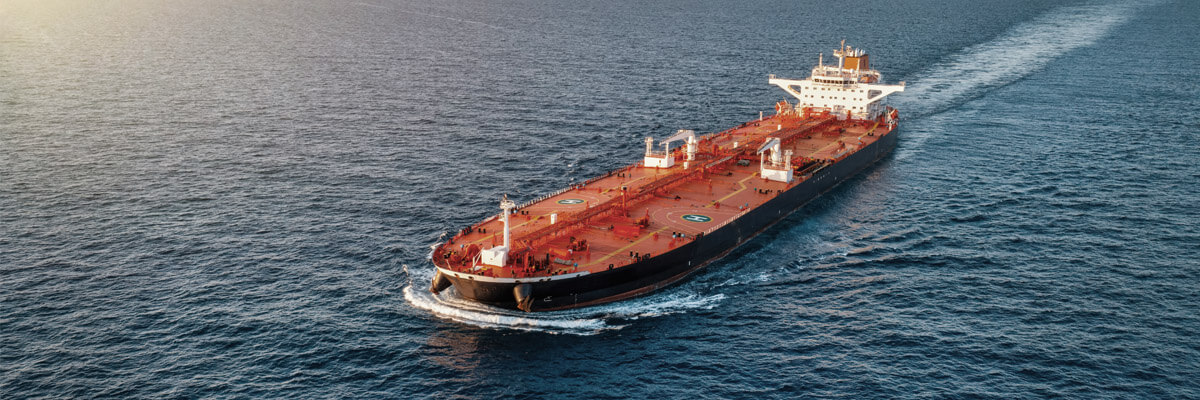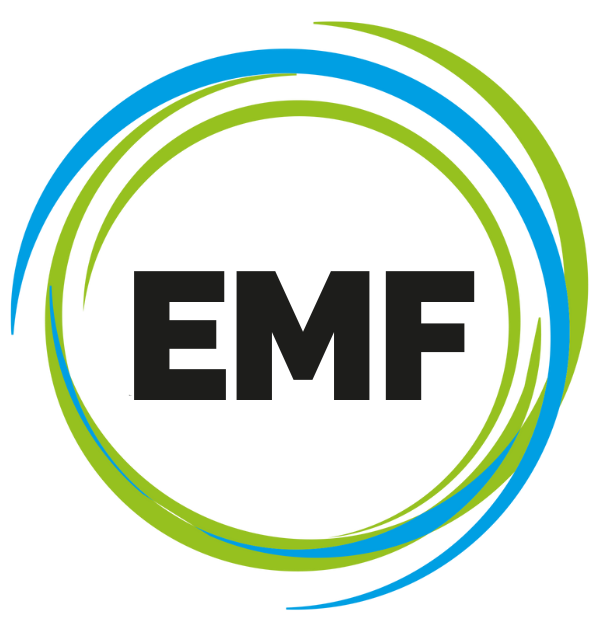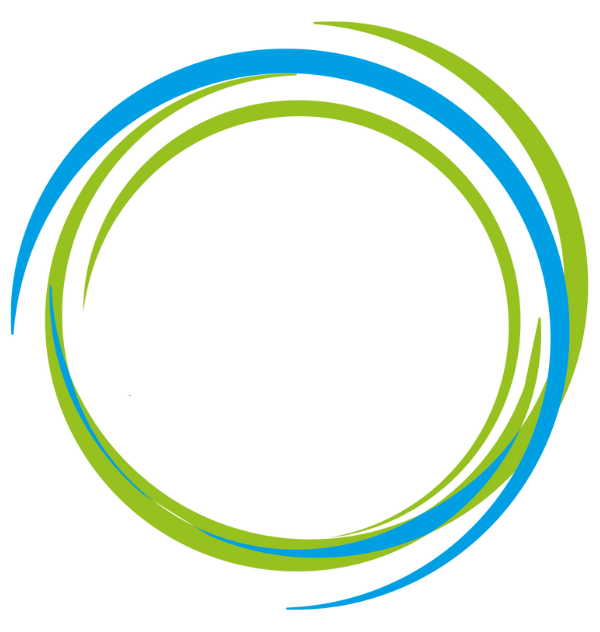
New sanctions, firm OPEC+ output, and rerouted Russian flows drive market strength
The tanker market maintained strength through October, supported by resilient demand for long-haul crude transport and firm OPEC+ production. VLCC, Suezmax, and Aframax segments all saw further gains, with VLCC fixtures on key routes exceeding USD 100,000 per day and Suezmax earnings holding above USD 90,000. Sentiment remains firmly positive across the board as charterers compete for limited available tonnage.
Sanctions cause tightening of tonnage supply
New US sanctions targeting Rosneft and Lukoil, which together account for more than half of Russia’s total oil production, have significantly altered trade flows as major refiners in China and India temporarily reduced Russian crude purchases. This redirection of volumes toward the Middle East and Atlantic Basin has tightened compliant tonnage supply and lifted utilization across mainstream VLCC and Suezmax segments.
According to Clarksons Research, approximately one-third of the global Aframax fleet is now blacklisted, equivalent to 16 percent of total tanker capacity. This tightening supply coincides with rising exports from Brazil and Guyana and sustained OPEC+ output, all of which continue to underpin tonne-mile demand and charterer confidence.
Highly positive outlook for crude tankers as asset values surge
This month, asset values have strengthened in parallel with earnings. Clarksons recently increased its Suezmax valuations to USD 97.5 million from USD 94 million, and Aframax/LR2 valuations by USD 2.5 million. This increase reflects firm utilization, limited fleet growth, and strong second-hand activity. When geopolitical disruptions force longer routes or regional rebalancing, Suezmaxes often benefit first due to size, enabling them to operate efficiently on both long-haul and regional routes. With limited fleet growth and continued market inefficiencies driving tonne-mile expansion, the outlook for crude tankers remains notably positive heading into year-end.




